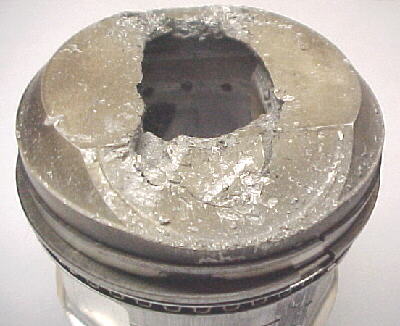Can I burn kerosene in my car's engine?
1 Answer
Of course, you can, but it will ruin the engine.
Explanation:
Gasoline is a mixture of C₄ to C₁₀ hydrocarbons. It has a boiling point of about
85 °C and a flash point of -45 °C.
Kerosene is a mixture of C₁₀ to C₁₆ hydrocarbons. It has a boiling point above
150 - 300 °C and a flash point above °C.
A gasoline engine sends a spark into a mixture of air and fuel vapours. It can be set up to use kerosene, but the kerosene must first in the vapour form.
The critical factor is the flashpoint — the lowest temperature at which the fuel will produce enough vapours to burn.
Gasoline vapours burn at -45 °C, but the kerosene does not do so until the temperature reaches +40 °C.
The kerosene would be injected into the piston as a liquid. Some of it would burn. The unburnt liquid sticks to the cylinders, pistons, and rings. Some goes out the exhaust as smoke.
Another problem is that kerosene has an octane rating of about 25, compared to about 90 for gasoline. Thus, kerosene is prone to pre-ignition — the fuel ignites before the spark plug fires.
Pre-ignition leads to excessive temperatures and pressures. It can melt or burn pistons since the other pistons force the overheated ones to compress the mixture even more.
Here's an example of the effect of pre-ignition.

Bottom line: If you want a new engine, put kerosene in your gas tank.

